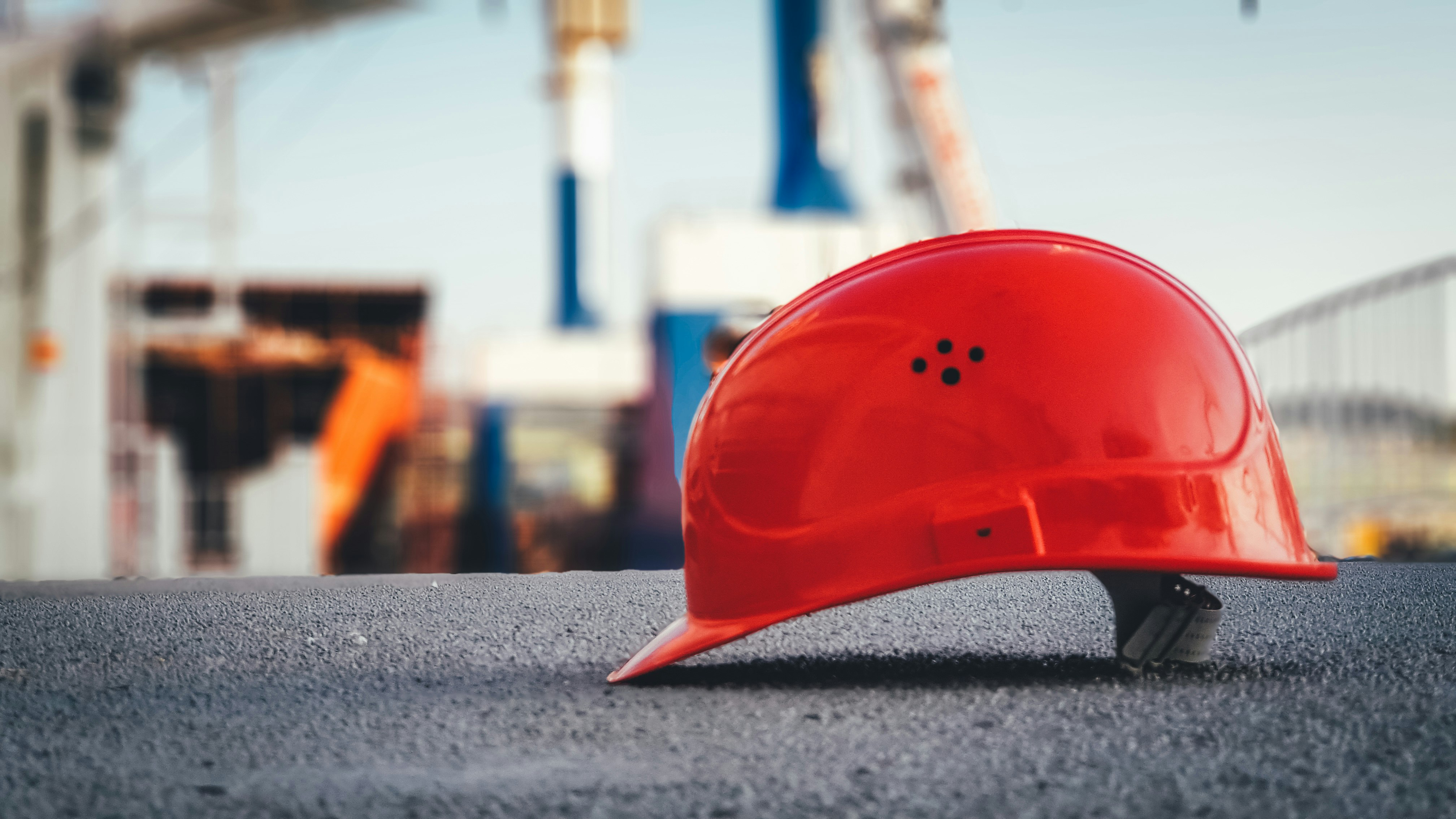In the rapidly evolving business landscape, maintaining workplace safety is paramount. Accidents and injuries can significantly impact both employees and the company's financial health. To address these challenges, businesses must implement proactive safety strategies.
In this article, we guide you about conducting regular risk assessments, investing in quality safety equipment, and fostering a culture of safety. By focusing on these areas, companies can effectively reduce accident rates and cultivate a safer, more productive work environment.
Conducting Regular Risk Assessments
Businesses must frequently review workplace conditions, equipment, and operational procedures to identify hazards before they lead to accidents. A comprehensive risk assessment helps uncover both obvious and hidden dangers, ensuring that all potential risks are mitigated.
Actively involving employees in the process is crucial, as they often have first-hand knowledge of specific hazards present in their daily tasks.
TechTarget states the process involves identifying potential risks, quantifying their severity, and prioritizing them based on their impact. By regularly tracking and monitoring these risks, organizations can implement and adjust strategies like risk avoidance, acceptance, transfer, and monitoring. This ongoing evaluation ensures that risk management strategies are effective and up-to-date.
What are some common hazards that might be identified during a risk assessment?
Common hazards found during risk assessments include unsafe machinery, poor ventilation, slip and trip hazards, and electrical issues. Ergonomic risks and chemical exposures are often identified. Recognizing these hazards allows businesses to implement corrective actions, preventing accidents and ensuring a safer workplace.
Implementing Comprehensive Safety Training Programs
NASP highlights the importance of comprehensive safety training, with companies averaging over $1,100 per employee for such programs. Despite this, nearly 25% of companies spend under $5,000 on total safety training, with half spending under $200 per employee.
Comprehensive safety training programs equip employees with the knowledge and skills necessary to prevent workplace accidents. Training should cover key areas such as identifying hazards, responding to emergencies, proper equipment handling, and complying with safety regulations.
Ongoing training keeps employees informed about new risks and ensures they can respond appropriately to unexpected situations. By investing in continuous education, businesses foster a proactive safety culture, reducing accidents and promoting awareness.
Investing in Proper Safety Equipment and Maintenance
Fortune Business Insights states the global predictive maintenance market was valued at USD 2,387.6 million in 2018. It is projected to grow to USD 18,551.0 million by 2026, reflecting a CAGR of 29.8%. This technology helps track machine performance in real-time, preventing costly interruptions and extending equipment life.
Businesses must invest in high-quality equipment that meets or exceeds industry safety standards to ensure maximum protection. Routine inspections are crucial for identifying wear and tear, equipment malfunctions, or outdated items that may pose risks.
Timely equipment repairs and replacements prevent accidents, ensuring gear functions correctly and minimizing injury risks for employees. Employees must also receive proper training on the correct use of safety equipment, as improper handling can lead to accidents.
How can businesses ensure that their safety equipment is properly maintained and up to date?
Businesses should follow a regular inspection schedule, adhere to manufacturer guidelines, and address equipment wear and tear to maintain safety. Maintaining detailed records and training employees on proper equipment use also help uphold safety standards. Regular audits and updates ensure equipment effectiveness and compliance with safety regulations.
Promoting a Safety-First Culture
Occupational Health & Safety stats states that in 2022, over 5,000 workplace deaths and 2.8 million non-fatal injuries were reported. These accidents cost US employers over $1 billion per week in workers' compensation. Building a strong safety culture, driven from the top, can reduce these incidents, lower turnover, and improve productivity. Implementing proactive safety measures is essential for long-term success.
This involves encouraging open dialogue about safety concerns, motivating employees to report hazards, and acknowledging safe practices. Leadership must lead by example, demonstrating a strong commitment to safety and allocating resources for safety initiatives.
Recognizing and rewarding adherence to safety protocols helps reinforce the importance of maintaining a hazard-free environment. A robust safety culture promotes shared responsibility, making safety a collective priority rather than an afterthought.
Firefighting Measures and Emergency Preparedness
Businesses should develop and frequently update emergency response plans, conduct regular fire drills, and train employees in fire safety. Proper installation and maintenance of fire detection and suppression systems are also crucial. Preparedness ensures employees can act swiftly and safely during emergencies, reducing potential harm.
Businesses should start by assessing their specific fire risks. Ensuring appropriate fire extinguishers for various fire types (Class A, B, C, D, and K) is crucial for effective fire safety. Choose fire extinguishers based on workplace materials and processes and ensure they are easily accessible and regularly maintained.
In addition to fire extinguishers, businesses often utilize firefighting foams like Aqueous Film-Forming Foam (AFFF) to control fires. TorHoerman Law notes that while AFFF is effective for flammable liquid fires, it is under scrutiny for health risks. Research has linked AFFF to severe health issues, including cancer, because of the toxic substances it contains.
The AFFF lawsuit alleges that prolonged exposure to AFFF has caused various health issues for firefighters and others exposed to the foam. The lawsuit demands compensation for health issues and stresses the need for improved safety practices and safer alternatives in firefighting.
How can businesses ensure that employees are adequately trained for fire emergencies?
Businesses can ensure employees are adequately trained for fire emergencies by providing regular fire safety training and conducting routine fire drills. The usage of firefighting equipment, emergency protocols, and fire prevention should all be covered in training. Keeping training materials updated to reflect modifications to protocols or apparatus aids in keeping staff members aware and crisis-ready.
Monitoring and Analyzing Accident Data
Businesses can identify patterns and recurring hazards by keeping detailed records of all incidents, including near-misses. Analyzing this data allows companies to pinpoint specific risk factors, such as equipment issues or unsafe procedures, that contribute to accidents.
This information is used to develop safety measures and refine existing protocols, ensuring that they address the root causes of injuries. Tracking near-misses is particularly important, as it highlights potential hazards before they result in harm.
Injury Facts states that in 2022, preventable injury deaths rose to 4,695, with a death rate of 3.2 per 100,000 workers. It has increased slightly to a death rate of 3.1 in 2021. Around 4.53 million work-related injuries were reported, costing $167 billion. The construction sector had the most fatalities, followed by transportation and warehousing.
Fostering Employee Wellness and Ergonomics
Conducting ergonomic assessments can ensure that workstations and equipment are adjusted to reduce strain and prevent repetitive motion injuries. This might involve adjusting chair heights, providing ergonomic tools, or reconfiguring workspaces for better posture.
Programs for wellness that emphasize mental, physical, and stress management can help lower fatigue-related accidents. Employees who have mental and physical support are less likely to get hurt and are more productive.
Effective Safety Strategies
Ensuring workplace safety demands a comprehensive approach involving regular risk assessments, proper equipment, effective training, and a robust safety culture. Addressing these elements systematically helps businesses significantly lower accident rates and create a safer work environment. By prioritizing proactive measures and continuous improvement, companies protect their employees and boost overall productivity and success.






